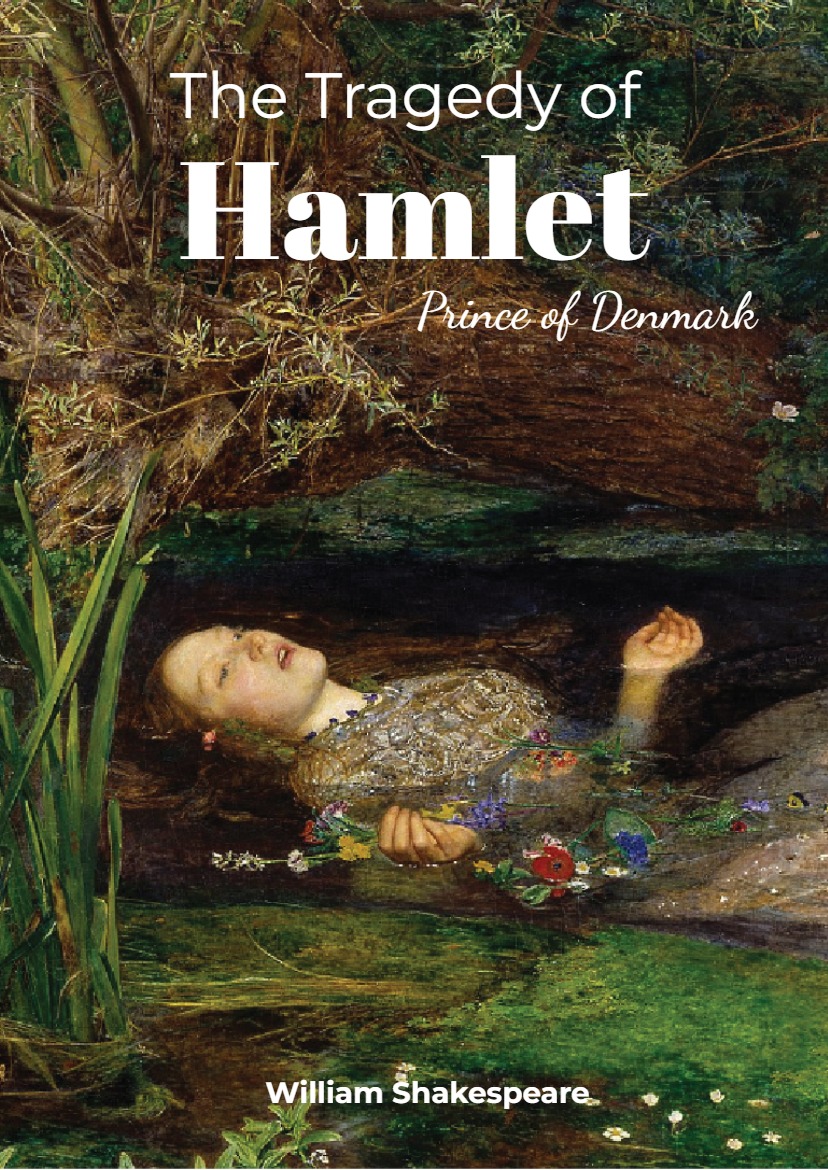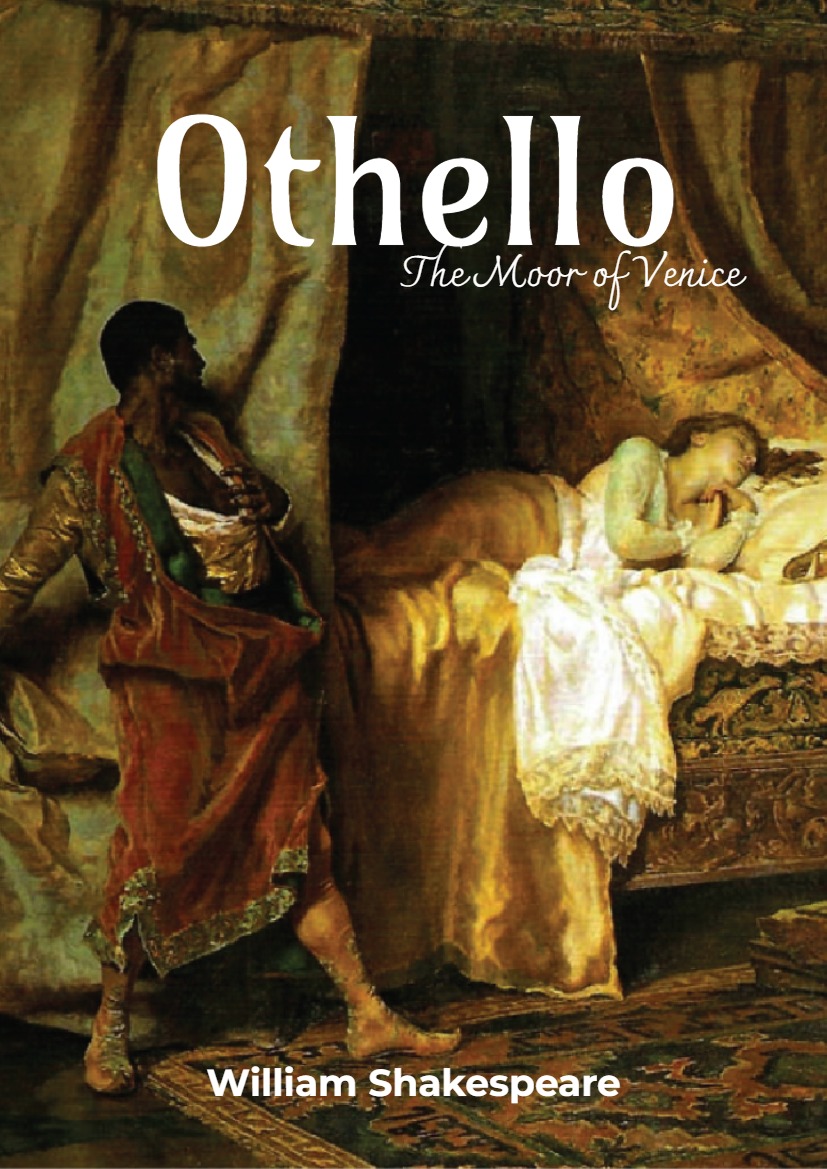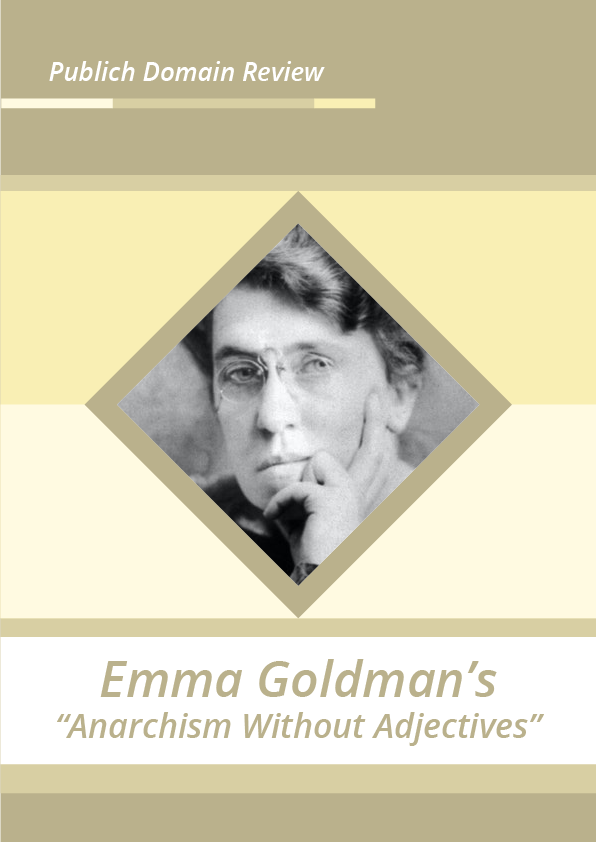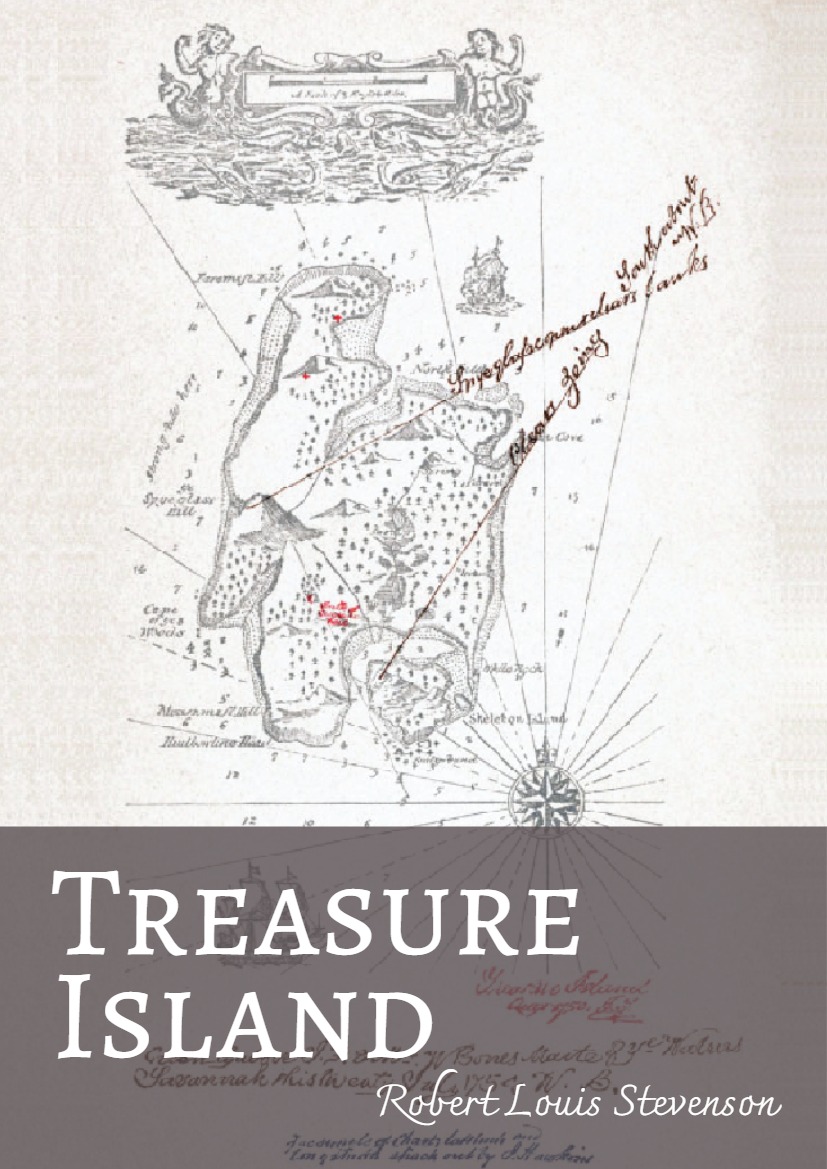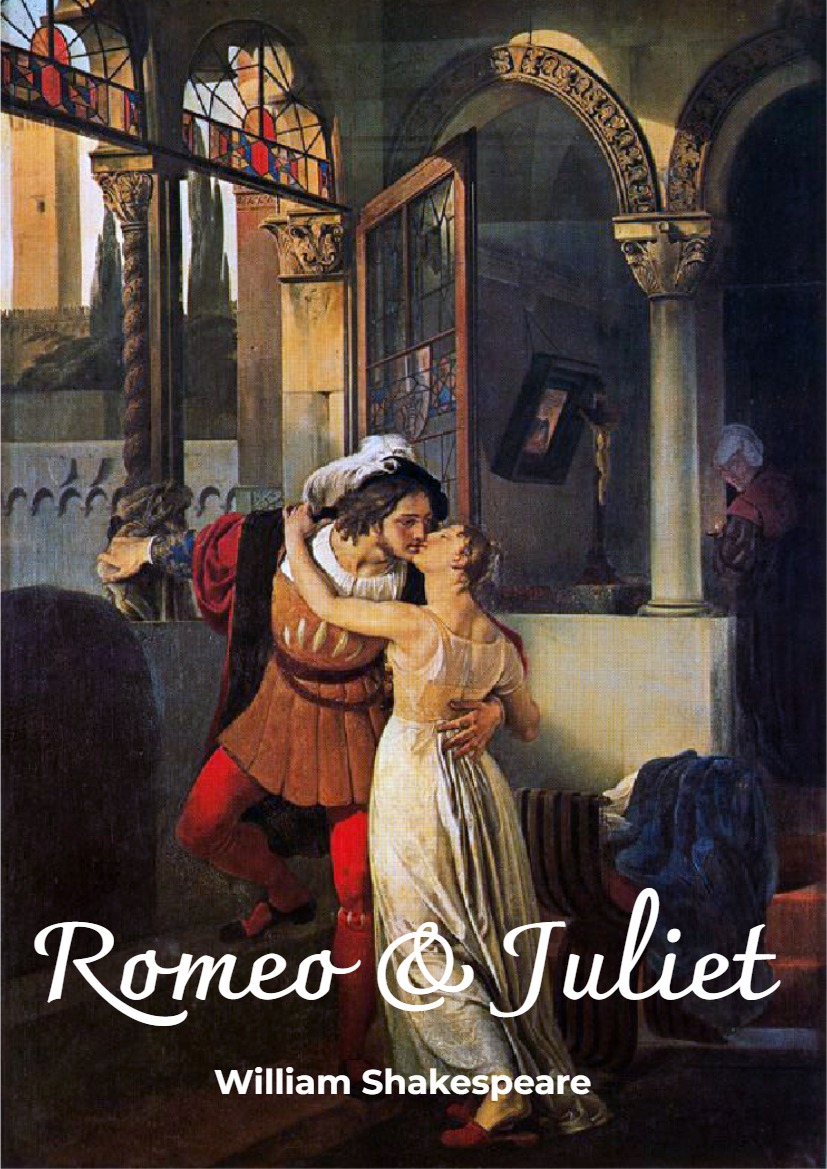Details Of The Book
Title: The Tragedy of Hamlet, Prince of Denmark (Hamlet)
Author: William Shakespeare
Creation Date: 1599 – 1601
About The Author
William Shakespeare was an English playwright, poet, and actor, who is always regarded as the greatest English language writer and dramatist. His creations include 39 plays, 154 sonnets, 3 long Narrative Poems, etc.
The years 1590 to 1613 were the golden age of Shakespeare’s writing, while Hamlet is also created in during this period of time. His early plays, mainly comedies and historical dramas, reached their peak of depth and artistry in the late 16th century. He next wrote mainly tragedies through 1608. Shakespeare’s reverence for high sentiment, often depicting sacrifice and revenge, is considered among the best examples of the English language. Toward the end of his life, he began to write tragedies and comedies, also known as legendary plays, and to collaborate with other playwrights.
About The Play
Main Characters
Hamlet – son of the late king and nephew of the present king, Claudius
Claudius – king of Denmark, Hamlet’s uncle and brother to the former king
Gertrude – queen of Denmark and Hamlet’s mother
Polonius – chief counsellor to the king
Ophelia – Polonius’s daughter
Horatio – friend of Hamlet
Laertes – Polonius’s son
Rosencrantz – courtiers, friends of Hamlet
Guildenstern – courtiers, friends of Hamlet
Reynaldo – Polonius’s servant
Ghost – the ghost of Hamlet’s father
Fortinbras – prince of Norway
Plot Summary
The protagonist of Hamlet is Prince Hamlet of Denmark, son of the recently deceased King Hamlet, and nephew of King Claudius, his father’s brother and successor. Claudius hastily married King Hamlet’s widow, Gertrude, Hamlet’s mother, and took the throne for himself.
On a cold night on the ramparts of Elsinore, the Danish royal castle, the sentries Bernardo and Marcellus discuss a ghost resembling the late King Hamlet which they have recently seen, and bring Prince Hamlet’s friend Horatio as a witness. After the ghost appears again, the three vow to tell Prince Hamlet what they have witnessed.
Hamlet despairs of his father’s death and his mother’s hasty remarriage. Learning of the ghost from Horatio, Hamlet resolves to see it himself.
Polonius’s daughter, Ophelia, admits her interest in Hamlet, but Laertes warns her against seeking the prince’s attention, and Polonius orders her to reject his advances. That night on the rampart, the ghost appears to Hamlet, telling the prince that he was murdered by Claudius and demanding that Hamlet avenge him. Hamlet agrees, and the ghost vanishes.
Soon thereafter, Ophelia rushes to her father, telling him that Hamlet arrived at her door the prior night half-undressed and behaving erratically. Polonius blames love for Hamlet’s madness and resolves to inform Claudius and Gertrude. As he enters to do so, the king and queen finish welcoming Rosencrantz and Guildenstern, two student acquaintances of Hamlet, to Elsinore. The royal couple has requested that the students investigate the cause of Hamlet’s mood and behavior.
Polonius tells Claudius and Gertrude his theory regarding Hamlet’s behavior and speaks to Hamlet in a hall of the castle. Hamlet feigns madness and subtly insults Polonius all the while. When Rosencrantz and Guildenstern arrive, Hamlet greets his “friends” warmly but quickly discerns that they are spies. Rosencrantz and Guildenstern tell Hamlet that they have brought along a troupe of actors that they met while travelling to Elsinore. Hamlet, after welcoming the actors and dismissing his friends-turned-spies, asks them to deliver a soliloquy about the death of King Priam and Queen Hecuba at the climax of the Trojan War. Impressed by their delivery of the speech, he plots to stage The Murder of Gonzago, a play featuring a death in the style of his father’s murder and to determine the truth of the ghost’s story, as well as Claudius’s guilt or innocence, by studying Claudius’s reaction.
Polonius forces Ophelia to return Hamlet’s love letters and tokens of affection to the prince while he and Claudius watch from afar to evaluate Hamlet’s reaction. Hamlet is walking alone in the hall as the King and Polonius await Ophelia’s entrance, musing whether “to be or not to be”. When Ophelia enters and tries to return Hamlet’s things, Hamlet accuses her of immodesty and cries “get thee to a nunnery”. His reaction convinces Claudius that Hamlet is not mad for love. Shortly thereafter, the court assembles to watch the play Hamlet has commissioned. After seeing the Player King murdered by his rival pouring poison in his ear, Claudius abruptly rises and runs from the room; for Hamlet, this is proof positive of his uncle’s guilt.
Gertrude summons Hamlet to her chamber to demand an explanation. In the queen’s bedchamber, Hamlet and Gertrude fight bitterly. Polonius is spying on the conversation from behind a tapestry.
Hamlet, believing it is Claudius, stabs wildly, killing Polonius, but he pulls aside the curtain and sees his mistake. In a rage, Hamlet brutally insults his mother for her apparent ignorance of Claudius’s villainy, but the ghost enters and reprimands Hamlet for his inaction and harsh words. Unable to see or hear the ghost herself, Gertrude takes Hamlet’s conversation with it as further evidence of madness.
Hamlet jokes with Claudius about where he has hidden Polonius’s body, and the king, fearing for his life, sends Rosencrantz and Guildenstern to accompany Hamlet to England with a sealed letter to the English king requesting that Hamlet be executed immediately.
Horatio has received a letter from Hamlet, explaining that the prince escaped by negotiating with pirates who attempted to attack his England-bound ship, and the friends reunite offstage. Two gravediggers discuss Ophelia’s apparent suicide while digging her grave. Hamlet arrives with Horatio and banters with one of the gravediggers. Ophelia’s funeral procession approaches, led by Laertes. Hamlet and Horatio initially hide, but when Hamlet realizes that Ophelia is the one being buried, he reveals himself, proclaiming his love for her. Laertes and Hamlet fight by Ophelia’s graveside, but the brawl is broken up.
Back at Elsinore, Hamlet explains to Horatio that he had discovered Claudius’s letter with Rosencrantz and Guildenstern’s belongings and replaced it with a forged copy indicating that his former friends should be killed instead. A foppish courtier, Osric, interrupts the conversation to deliver the fencing challenge to Hamlet. Hamlet accepts it. Hamlet does well at first, leading the match by two hits to none, and Gertrude raises a toast to him using the poisoned glass of wine Claudius had set aside for Hamlet and drinks it. Laertes realizes the plot will be revealed. Laertes slashes Hamlet with his poisoned blade. In the ensuing scuffle, they switch weapons, and Hamlet wounds Laertes with his own poisoned sword. Gertrude collapses and, claiming she has been poisoned. In his dying moments, Laertes reconciles with Hamlet and reveals Claudius’s plan. Hamlet rushes at Claudius and kills him. As the poison takes effect, Hamlet, hearing that Fortinbras is marching through the area, names the Norwegian prince as his successor. Horatio decides to commit suicide by drinking the dregs of Gertrude’s poisoned wine, but Hamlet begs him to live on and tell his story. Hamlet dies in Horatio’s arms, proclaiming “the rest is silence”. Fortinbras arrives at the palace, seeing the entire Danish royal family dead, takes the crown for himself and orders a military funeral to honor Hamlet.
